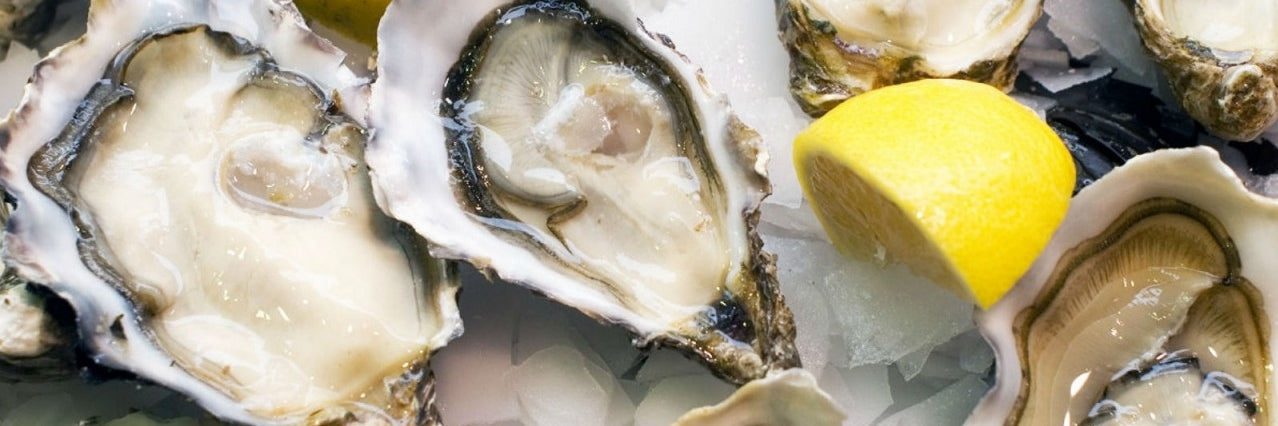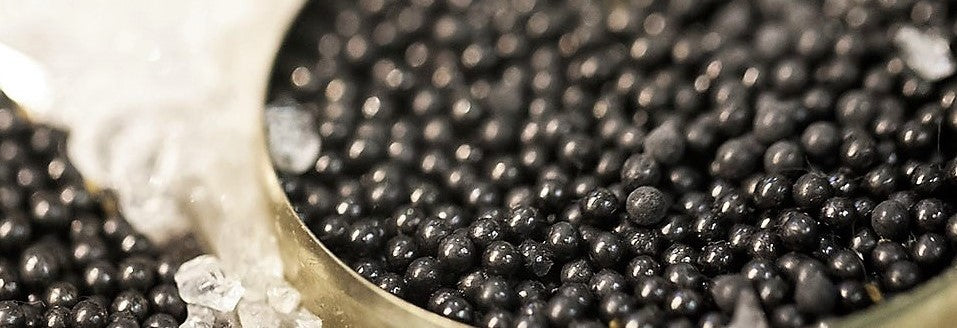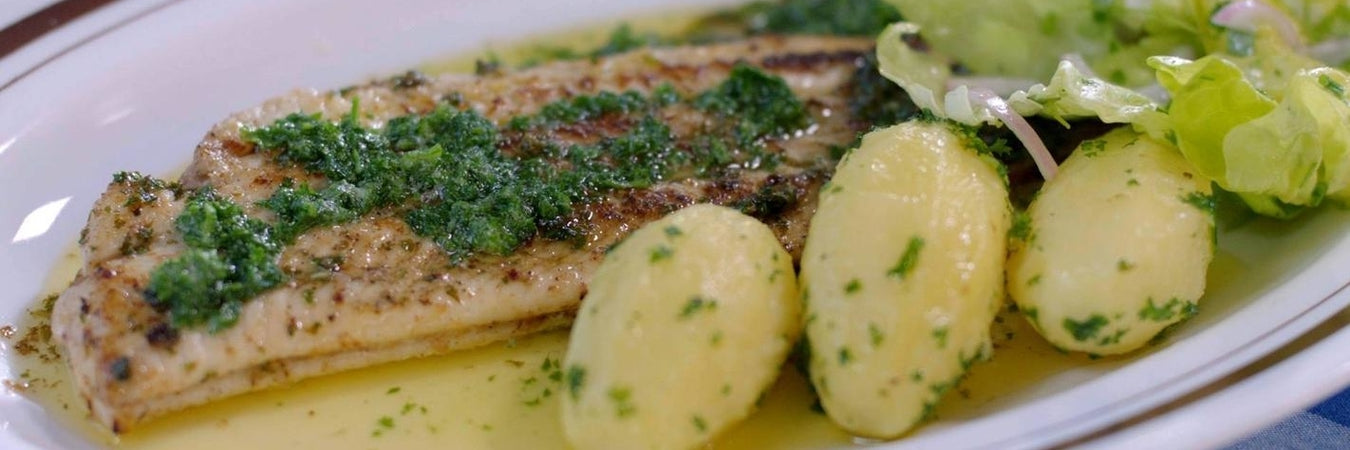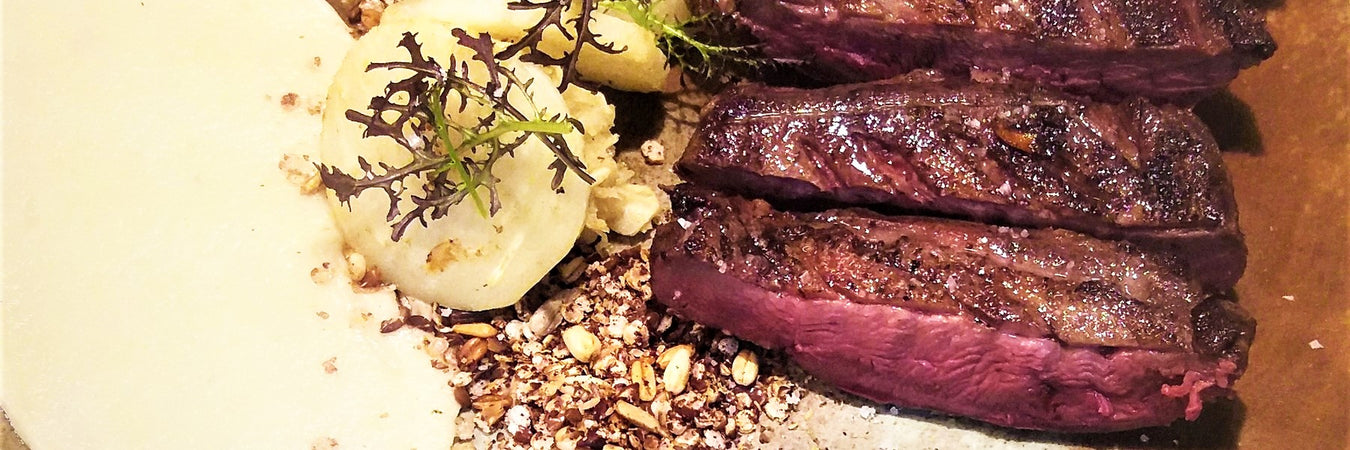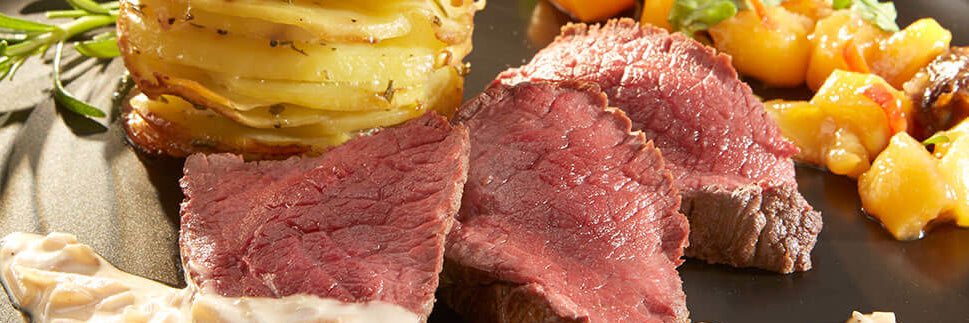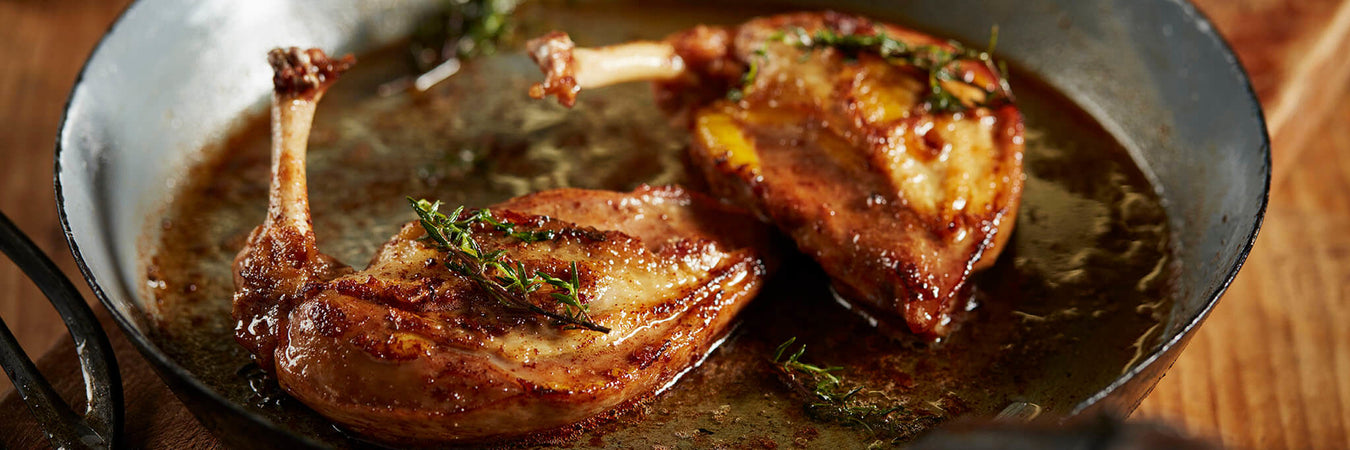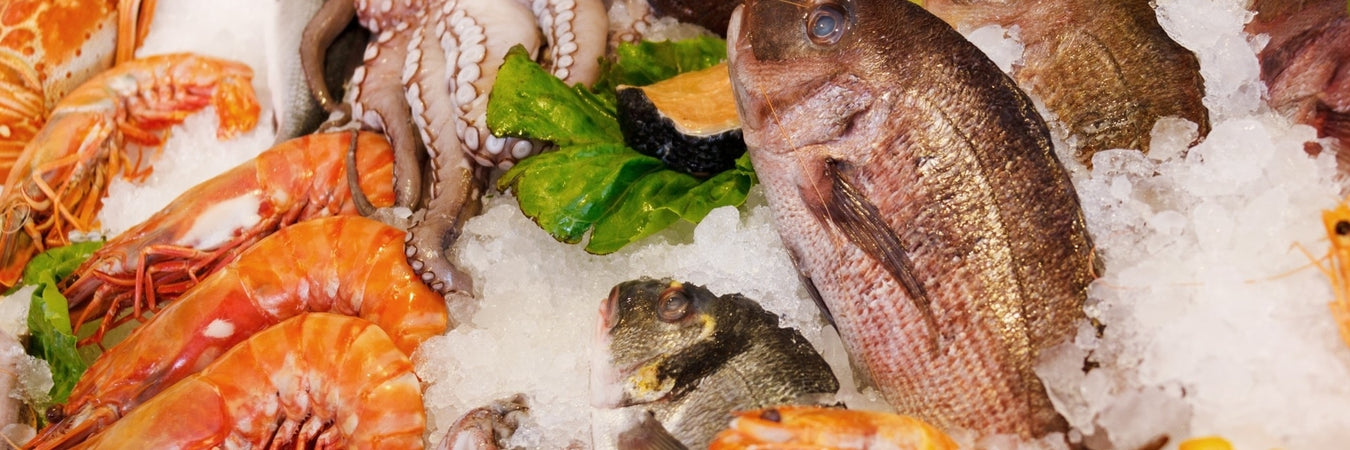Biodynamic wine
Some of the organic winegrowers go beyond the organic principles and opt for biodynamic wines without any additives to the wine process. In biodynamic winegrowing, all kinds of compost, decoctions and preparations based on animal, vegetable or mineral are used to balance the vineyard. The interaction with the entire atmosphere plays a major role in this. The biodynamic winegrower also invests in strengthening the immunity of the plants, so that they can defend themselves.
These winegrowers are even stricter than the organic legislation for the other permitted additives. For example, lower levels of sulphite are allowed: 70 mg / l for red wine and 90 mg / l for white wine. This results in non-standardized wines, which can appeal to wine lovers.
Natural wine
A small group of winegrowers are opposed to all additions by marketing natural wine. However, 'natural wine' is not a legally protected term like 'organic' is. The term can be used by everyone and therefore gives few guarantees.
The Association for Natural Wines (AVN) does require winegrowers at least to have certified organic or biodynamic cultivation of the grapes. The grapes are harvested by hand. Only native yeast cultures should be used in the fermentation process. The juice must not be corrected, so osmosis, filtration, heating and the like are out of the question. Sulfur dioxide is not added. The aim is natural vinification. If you want a natural wine, check whether the principles of the association are endorsed.
Facts about organic wine
- Some wine terms: must is the freshly pressed, but not yet fermented juice from grapes. Lees (also called deposit, lees or sediment) is the sludge of solids that remains in wine after fermentation or after a certain time of maturation.
- Sulphite is automatically released during the fermentation of the grapes. So naturally there is an amount of sulphite in every wine, even if the winemaker does not add it. There may also be sulphite in the wine as a residue of a dose of sulfur that was used during cultivation (combating mildew and mold).
- In France, (classic) viticulture appears to be a major user of pesticides. While the area for wine-growing takes up about 3.5% of the total agricultural area, 15% to 20% of the pesticides is used for wine-growing! The pesticides used also leave many traces in the wine. For example, a study by PAN Europe shows that non-organic wine contains an average of 4 and some wine bottles up to 10 different residues. Moreover, the contents are very high: in some wines contents were found that are many times higher than the contents allowed in drinking water. The strange thing is that this is not prohibited: there are no legal standards for pesticide residues in wine!
Organic and even biodynamic is increasingly seen as a quality approach: in large parts of the Burgundy region, organic wine is now produced, including the most expensive domain in the world, Romanée-Conti. In 2018, Angelus announced in Saint-Emilion that it would work completely organic. The trend has started, but there is still a long way to go.


